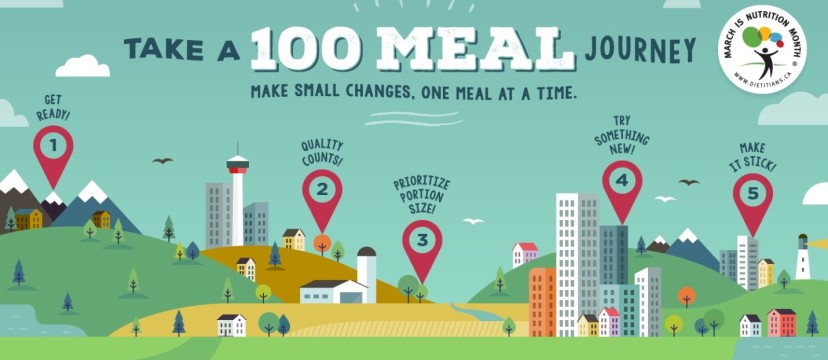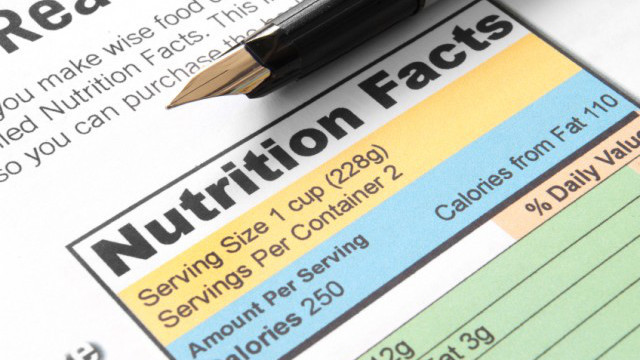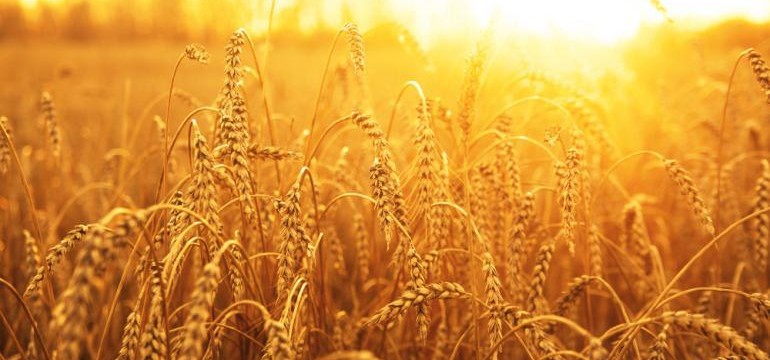Written by Hilary Rock BSc, Nutrition
Reviewed by Andrea Miller MHSc, RD
The other day I was strolling around my local farmer’s market when I came across yellow watermelon. This is the first time that I had ever seen this fruit. Being the curious and food driven person I am I just had to try it. I assumed it would be pretty similar to the more common pink watermelon but the one I tasted wasn’t as sweet and almost had a slight sour taste. To me it tasted more like melons such as honeydew than the traditional pink watermelon. However, it did still have tender crispness and watery texture as pink watermelon. Very intrigued about my new discovery I wanted to do a little more research about yellow watermelon.






